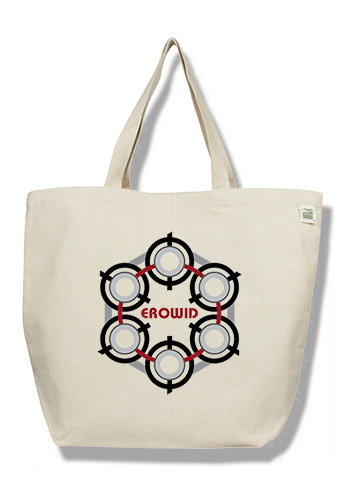ABSINTHE RECIPE
(From Dale Pendell's Pharmako/Poeia)
30.0 g wormwood
8.5 g hyssop
1.8 g calamis
6.0 g melissa
30.0 g anise seed
25.0 g fennel seed
10.0 g star anise
3.2 g coriander seed
Put the dry herbs in a large jar. Dampen slightly. Add 800 ml of 85-95 percent ethyl-alcohol (use alcohol suitable for drinking). Wine spirits make a better product than pure grain alcohol. Let it steep for several days - a week is better - shaking occasionally. Then add 600 ml of water and let the whole macerate for another day. Decant off the liquid squeezing as much from the mass of herb as possible. Wet the herbs with some vodka and squeeze again. Recipe should give a little over a liter and a half of green liquor. It must then be distilled. Inferior recipes skip this step, but what they produce is not worthy to be called absinthe.
In the distillation, change the receiver when the distillate turns yellow: those ar the faints. You can save the faints and add them to future distillations, but they will taint the flavor if added directly to the product. Just use the good stuff. The next step is to color and finish the liqueur by another round of maceration.
Color the distillate by again adding:
4.2 g mint
1.1 g melissa
3.0 g wormwood
1.0 g citron peel
4.2 g liquorice root
Let the herbs macerate for another three or four days. Decant, filter, bottle. You will probably want to carefully add some concentrated sugar syrup to the blend. The result will be a Swiss style absinthe of about 135 proof.Recipe makes one liter of absinthe.
[Erowid Note: The use of wormwood in the coloring phase results in a bitter liquor. Other recipes, such as one from the Encyclopedia of practical receipts and processes use A. pontica as a coloring agent instead, resulting in a final product with less bitterness and likely less thujone.]
8.5 g hyssop
1.8 g calamis
6.0 g melissa
30.0 g anise seed
25.0 g fennel seed
10.0 g star anise
3.2 g coriander seed
Put the dry herbs in a large jar. Dampen slightly. Add 800 ml of 85-95 percent ethyl-alcohol (use alcohol suitable for drinking). Wine spirits make a better product than pure grain alcohol. Let it steep for several days - a week is better - shaking occasionally. Then add 600 ml of water and let the whole macerate for another day. Decant off the liquid squeezing as much from the mass of herb as possible. Wet the herbs with some vodka and squeeze again. Recipe should give a little over a liter and a half of green liquor. It must then be distilled. Inferior recipes skip this step, but what they produce is not worthy to be called absinthe.
In the distillation, change the receiver when the distillate turns yellow: those ar the faints. You can save the faints and add them to future distillations, but they will taint the flavor if added directly to the product. Just use the good stuff. The next step is to color and finish the liqueur by another round of maceration.
Color the distillate by again adding:
4.2 g mint
1.1 g melissa
3.0 g wormwood
1.0 g citron peel
4.2 g liquorice root
Let the herbs macerate for another three or four days. Decant, filter, bottle. You will probably want to carefully add some concentrated sugar syrup to the blend. The result will be a Swiss style absinthe of about 135 proof.Recipe makes one liter of absinthe.
[Erowid Note: The use of wormwood in the coloring phase results in a bitter liquor. Other recipes, such as one from the Encyclopedia of practical receipts and processes use A. pontica as a coloring agent instead, resulting in a final product with less bitterness and likely less thujone.]


